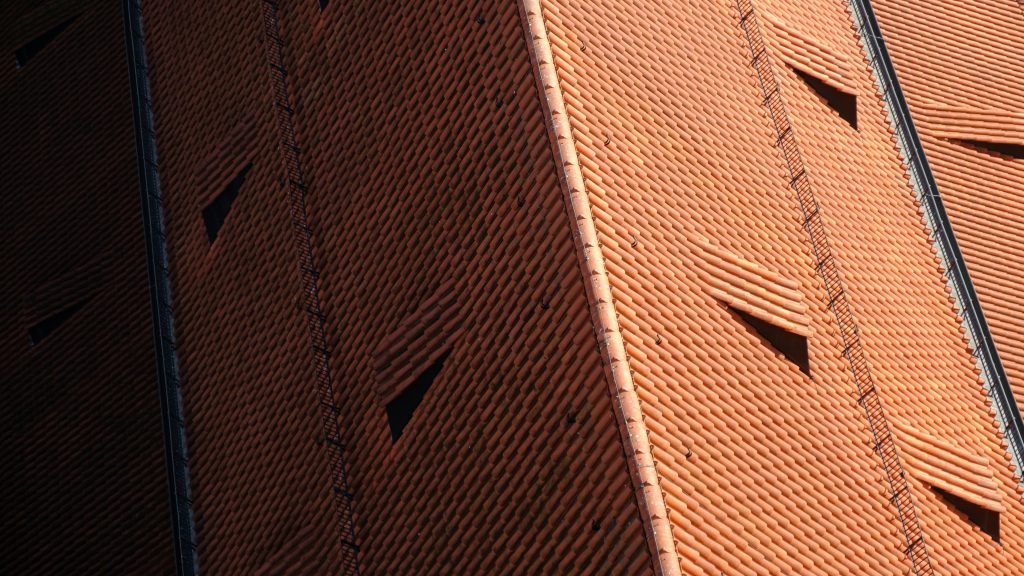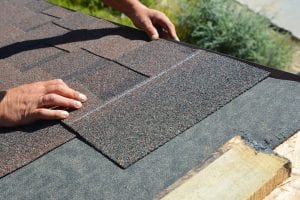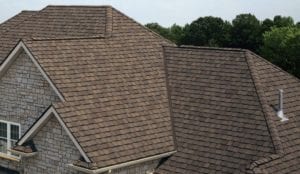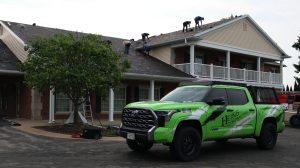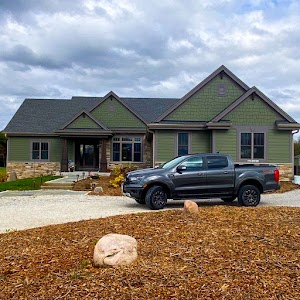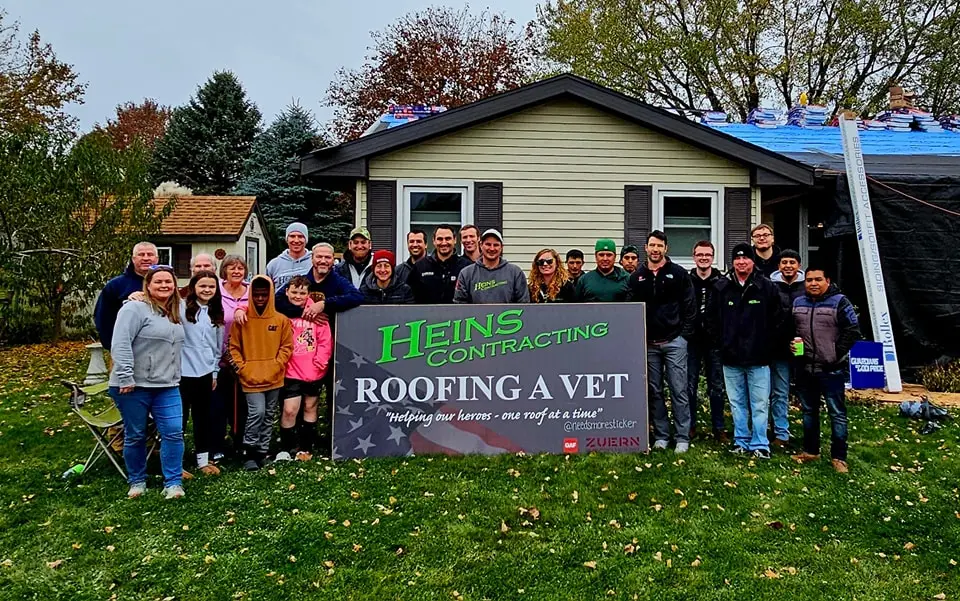When you’re considering the lifespan of your roof, you might find yourself wondering how often it really needs to be replaced. Typically, roofs last between 20 to 30 years, but this varies widely based on the material and your local weather conditions. You’ve probably noticed some signs of aging, like curled shingles or frequent leaks, but are these cues enough to start thinking about a full replacement? This decision can affect not only the safety and aesthetics of your home but potentially its market value as well. Let’s explore what factors you should consider to make this important decision.
Warning Signs That Signal the Urgency of Roof Replacement
Recognizing the signs that your roof needs replacing can save you from costly damages down the line. You’ve got to keep an eye out for several key indicators that signal it’s time for a new roof. Firstly, if you notice any missing, cracked, or curled shingles, take it as a clear sign. These issues allow water to seep through, potentially causing severe damage to the structure of your home.
Another warning sign is the presence of shingle granules in your gutters. As shingles age, they start to lose their granules, which are crucial for protecting your roof from UV rays and weather damage. If your gutters are filled with these granules, your roof’s lifespan might be nearing its end.
Also, check for any signs of water damage or leaking in your attic or ceilings, especially after a heavy rainstorm. Water stains, streaks, or peeling paint are tell-tale signs of water intrusion that shouldn’t be ignored. If you spot any sagging areas on your roof, this could indicate trapped moisture and weakening materials, which is a serious red flag.
Being proactive and addressing these issues early can prevent the need for more extensive, expensive repairs later. Keep these tips in mind and don’t hesitate to consult a professional for an assessment.
Factors That Play a Role in the Durability of a Roof
Several factors influence the longevity of your roof, including material quality, installation precision, and local climate conditions. If your roof’s installed with attention to detail, you’re likely to face fewer issues down the line. However, even the best installation can suffer if the materials aren’t up to par. Always ensure you’re using high-quality products known for their durability.
Your local weather plays a huge role too. Frequent heavy rains, snow, or extreme temperatures can all cut a roof’s life short. If you’re living in an area with harsh weather, regular maintenance becomes even more crucial. Make sure to inspect your roof periodically and after major weather events.
Another key factor is the design and slope of your roof. Different designs can affect how well water or snow sheds, potentially impacting how much strain and wear your roof endures over the years. Also, consider the color and finishing of your roofing materials. Darker colors tend to absorb more heat, which might accelerate aging in hotter climates.
Lastly, don’t overlook the role of proper ventilation and insulation in your attic. These can drastically affect temperature fluctuations and moisture levels, influencing how well your roof holds up. Regular checks and balances here can save you a lot in long-term roof health.
Overview of Popular Roofing Materials and Their Expected Lifespan
Different roofing materials offer varying lifespans, so it’s important to choose one that suits your specific needs and local climate.
Asphalt Roofing
Asphalt roofing, for example, is a popular choice due to its cost-effectiveness and decent lifespan, typically lasting 15 to 30 years. If you’re looking for something more durable, metal roofs can be an excellent option. They usually last between 40 and 70 years and can withstand severe weather conditions.
Metal Roofing
Metal roofing offers a durable and long-lasting solution for residential and commercial buildings alike. With its exceptional strength and resistance to harsh weather conditions, including wind, rain, and snow, metal roofing provides reliable protection for decades. Beyond its durability, metal roofing is also energy-efficient, reflecting sunlight to keep buildings cooler in the summer and helping to reduce heating costs in the winter.
Wood Shingles
Wood shingles or shakes present a rustic look and have a lifespan of about 20 to 40 years, but they require more maintenance compared to other materials. For a more luxurious choice, you might consider slate roofing. It’s incredibly durable, with a lifespan of up to 100 years or more, but it’s also among the most expensive roofing materials.
Tile Roofing
Another option is tile roofing, which includes clay or concrete tiles. These materials provide a unique aesthetic and can last 50 years or more. However, they’re quite heavy and may require additional structural support.
Each material has its pros and cons, so weigh them carefully. Opt for one that aligns with your home’s style, your budget, and how long you plan to live in your home.
Why Regular Roof Checks and Maintenance Are Essential
Regular roof inspections and maintenance are crucial to extend the lifespan of your roof and prevent costly repairs. By catching issues early, you’re less likely to face a sudden roof failure or expensive emergency service calls. It’s wise to schedule inspections at least twice a year, typically in the spring and fall. This timing helps ensure your roof is ready to handle seasonal weather challenges.
During an inspection, professionals look for signs of wear and tear, such as cracked, loose, or missing shingles, damaged flashing, or compromised sealants. They’ll also check for moss and algae growth, which can undermine the integrity of your roof if left unchecked. If they spot minor issues, they can often fix them on the spot, saving you money and hassle in the long run.
Besides inspections, regular maintenance includes keeping gutters clean and free of debris. Clogged gutters can lead to water backing up and damaging your roof, siding, and even your home’s foundation. Trimming overhanging tree branches can also protect your roof from abrasion and reduce the accumulation of leaves and twigs.
Reach Out Today to Schedule Your Roof Replacement!
If you’ve been maintaining your roof but think it might be time for a replacement, our Heins Contracting Roof Replacement Company is ready to assist you today. We understand the importance of having a durable and safe roof over your head, and we’re here to ensure that your new roof meets all your needs and expectations.
Don’t wait until you notice leaks or visible damage. Proactive roof replacement can prevent more extensive and expensive problems down the line. Our team of experienced professionals uses only the highest quality materials and the latest techniques to provide you with a reliable, long-lasting roof. We’re committed to delivering exceptional service and value.
We offer a free, no-obligation consultation to discuss your roofing needs. During this meeting, we’ll inspect your current roof, assess any potential issues, and provide you with a detailed quote. We pride ourselves on transparency and will answer any questions you have about the process, materials, or costs involved.
Ready to get started? Call us today or visit our website to schedule your consultation. Let’s help you protect your home with a top-quality roof replacement that you can trust.

